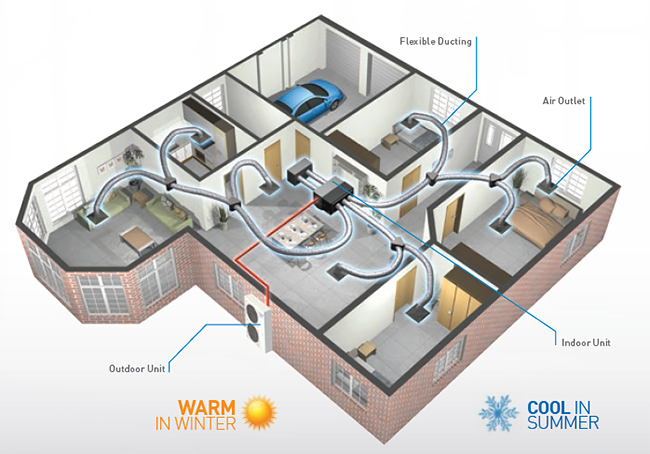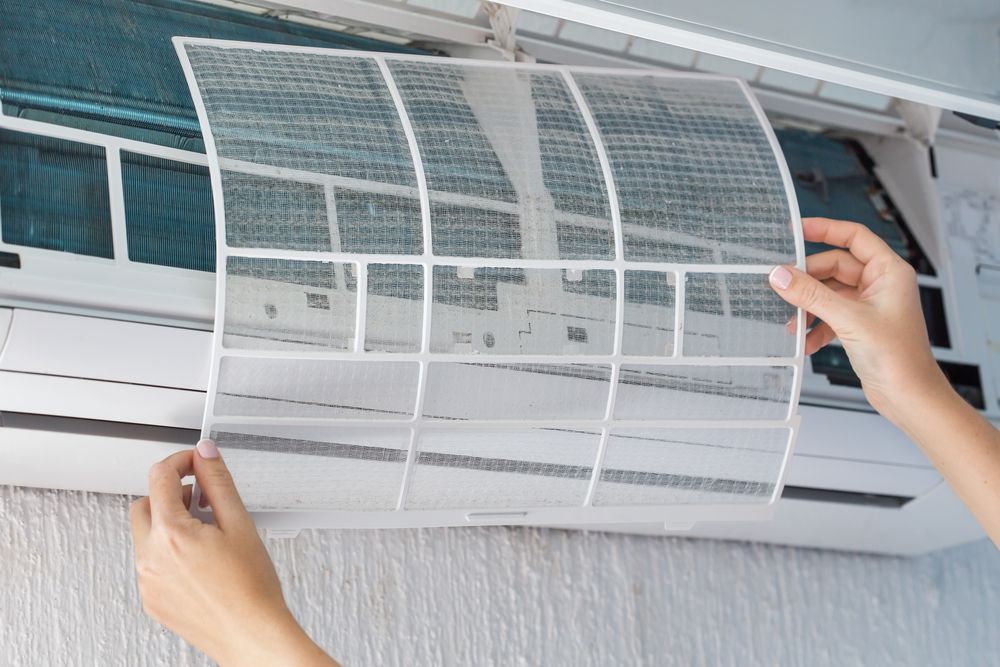How To Get Fresh Air In Ac Room
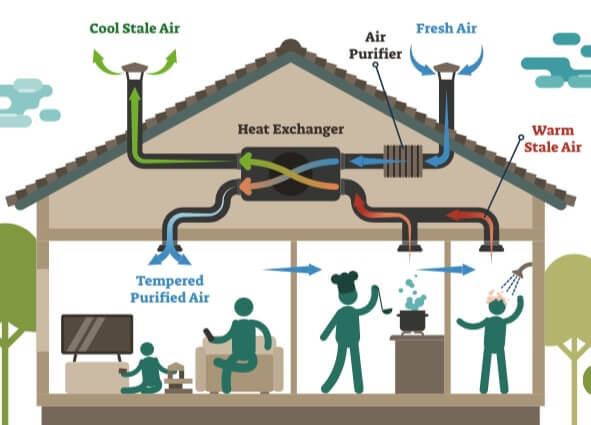
Air conditioners recirculate indoor air, trapping you in a potentially stale and unhealthy environment. Don't let your AC suffocate you; fresh air solutions are readily available and crucial for your well-being.
This article provides immediate and actionable strategies to introduce fresh air into your AC-cooled spaces, enhancing air quality and promoting a healthier living environment.
Understanding the Problem: Recirculated Air
Air conditioners primarily recirculate indoor air. This means the same air is constantly cooled and filtered, but not necessarily refreshed. According to the Environmental Protection Agency (EPA), indoor air can be significantly more polluted than outdoor air.
Lack of fresh air can lead to stuffiness, increased concentrations of pollutants like VOCs (Volatile Organic Compounds), and potentially exacerbate respiratory issues. Long-term exposure to poorly ventilated air can negatively impact your health and well-being.
Opening Windows (Strategically)
The simplest method is to open windows. However, timing is key. Open windows during cooler parts of the day, such as early mornings or late evenings.
According to the American Lung Association, avoid opening windows during peak pollution hours or when outdoor allergens are high. Consider using a weather app or website to check air quality reports before opening windows.
Using Exhaust Fans
Exhaust fans in bathrooms and kitchens can help draw out stale indoor air and promote air circulation. Run these fans while cooking or showering to remove pollutants and humidity. This also helps to bring in some fresh air.
Ensure your exhaust fans are properly vented to the outside, not just recirculating air within the room. Regular cleaning of exhaust fan vents is also crucial for optimal performance. The National Fire Protection Association (NFPA) recommends regular maintenance of all ventilation systems.
Introducing Fresh Air Intakes
Some AC systems have fresh air intake vents that can be opened to allow outdoor air into the system. Consult your AC unit's manual to determine if your system has this feature. If it does, learn how to properly operate it. The user manual will give you the best details.
Be mindful of outdoor air quality before opening the intake. Ensure the intake vents are clean and free from obstructions. Regular inspection and maintenance of intake vents is essential for optimal performance and filtration.
Installing a Whole-House Ventilation System
For a more comprehensive solution, consider installing a whole-house ventilation system. These systems, like Energy Recovery Ventilators (ERVs) or Heat Recovery Ventilators (HRVs), bring in fresh air while exhausting stale indoor air. These systems can provide filtered, fresh air, removing particulates.
ERVs and HRVs pre-condition the incoming fresh air, saving energy on heating and cooling. Installation typically requires professional assistance. Consider consulting with an HVAC specialist for proper system selection and installation.
Using Air Purifiers with Fresh Air Exchange
While air purifiers primarily filter indoor air, some models incorporate a fresh air exchange function. These units draw in a small amount of outdoor air, filtering it before circulating it within the room. These air purifiers offer increased protection.
Look for purifiers with HEPA filters to effectively remove pollutants and allergens. Ensure the unit is appropriately sized for the room to maximize its effectiveness. The Association of Home Appliance Manufacturers (AHAM) provides certified clean air delivery rate (CADR) ratings for air purifiers.
Implementing Smart AC Controls
Some smart AC units can be programmed to periodically cycle off and allow for natural ventilation. This allows for a brief influx of fresh air without significantly impacting the room's temperature.
Explore the smart features of your AC unit to see if this option is available. Experiment with different settings to find a balance between fresh air intake and temperature regulation.
Addressing Indoor Air Quality Concerns
Identify and address sources of indoor air pollution. Common sources include cleaning products, paints, and new furniture. Choose low-VOC products whenever possible.
Ensure proper ventilation when using cleaning products or painting. Regularly clean carpets and upholstery to remove dust and allergens. The Consumer Product Safety Commission (CPSC) provides information on reducing indoor air pollution.
Regular AC Maintenance
Regularly clean or replace your AC filters. Dirty filters restrict airflow and reduce the system's efficiency. This leads to reduced airflow and overall poor air quality. Dirty filters recirculate pathogens.
Schedule regular AC maintenance with a qualified technician to ensure optimal performance and air quality. A well-maintained AC system will circulate air more effectively and contribute to a healthier indoor environment. The Air Conditioning Contractors of America (ACCA) recommends annual AC maintenance.
Next Steps
Begin by assessing your current ventilation practices and identifying potential sources of indoor air pollution. Implement the strategies outlined above based on your specific needs and circumstances.
Monitor your indoor air quality and make adjustments as needed to optimize fresh air intake. Consult with professionals for more complex solutions, such as whole-house ventilation systems.
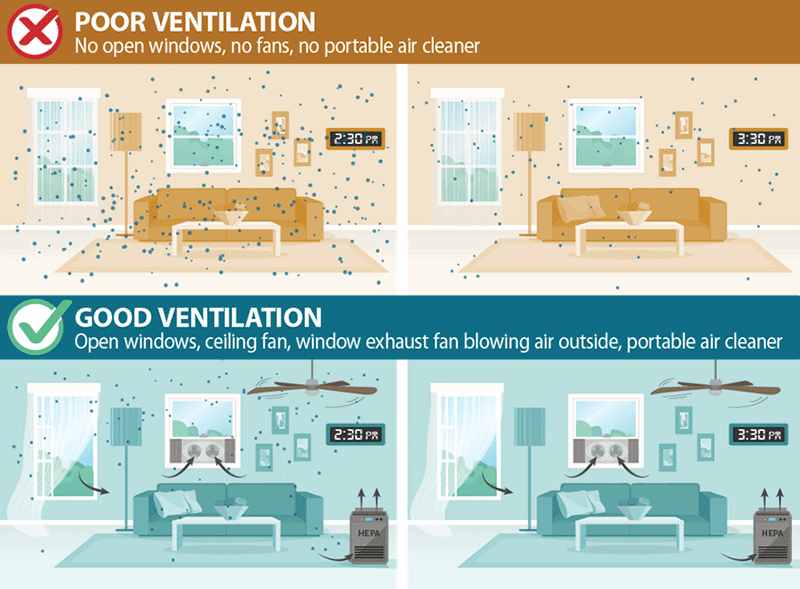
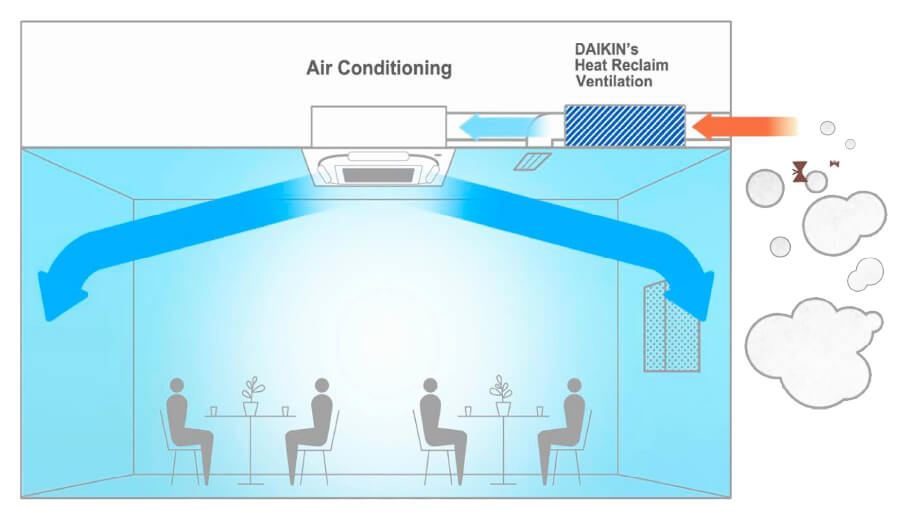
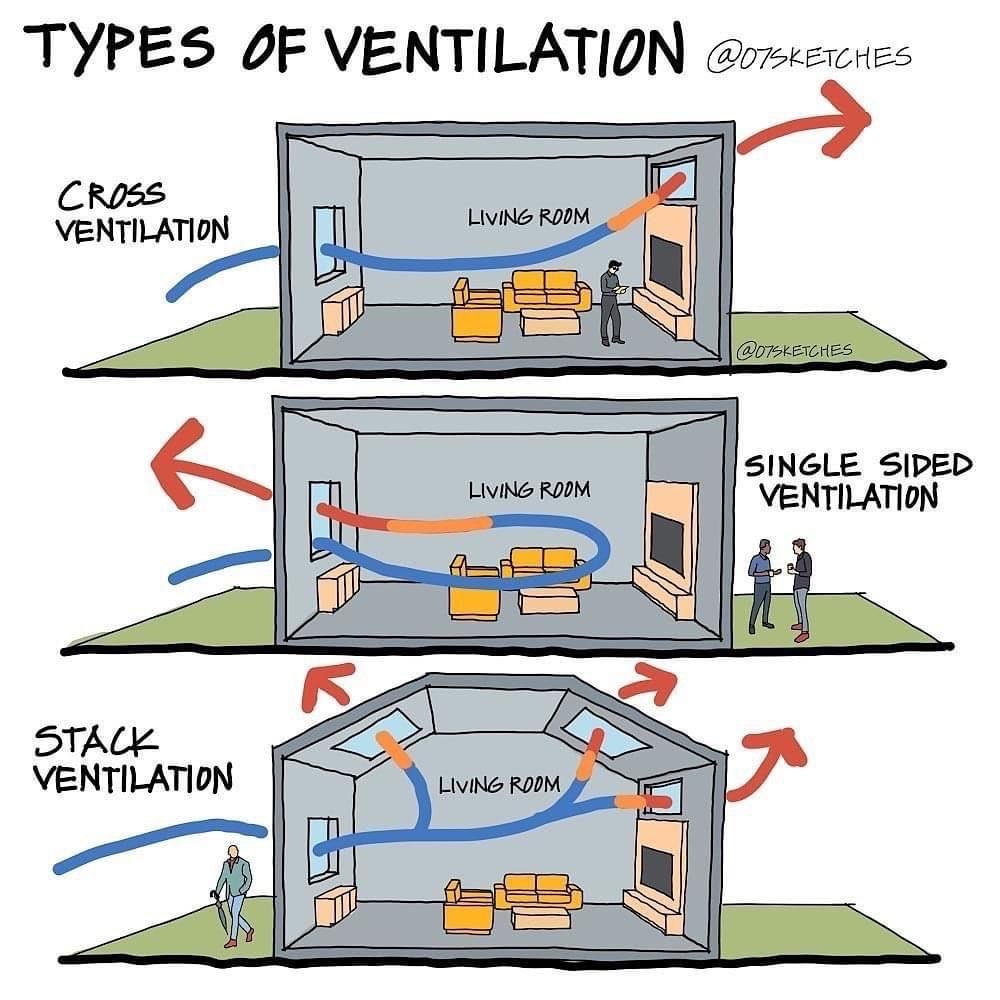
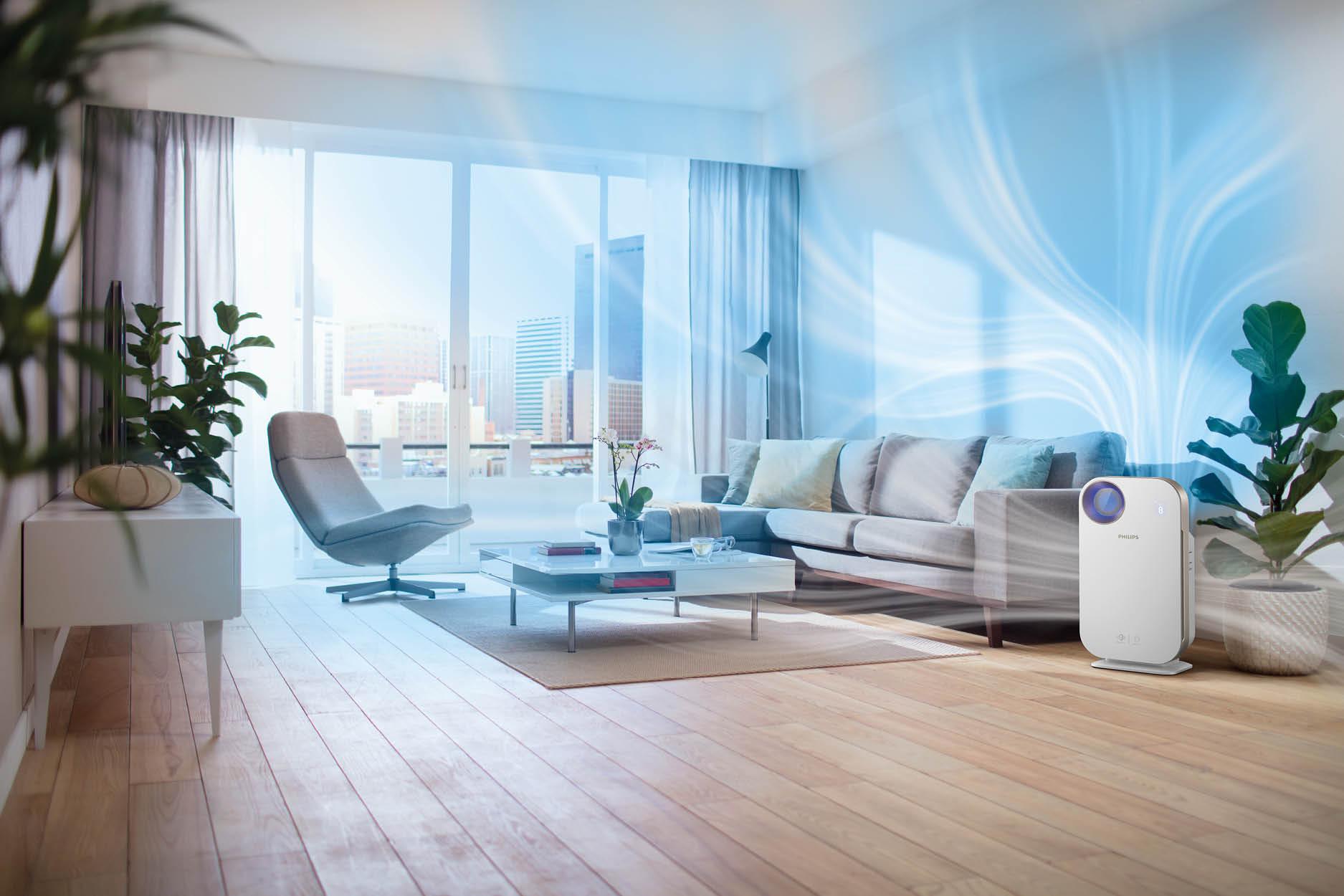

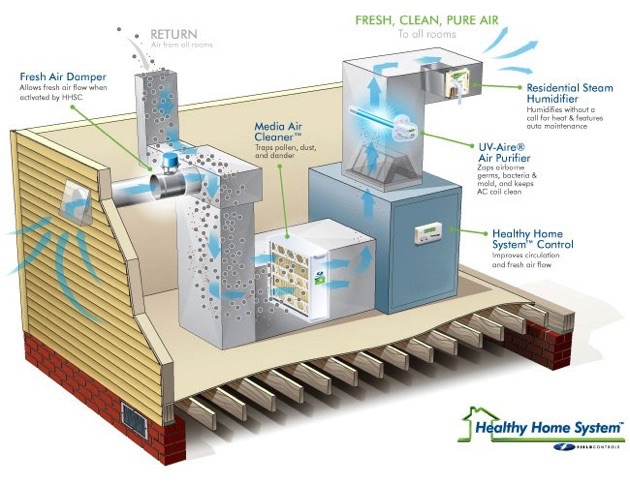
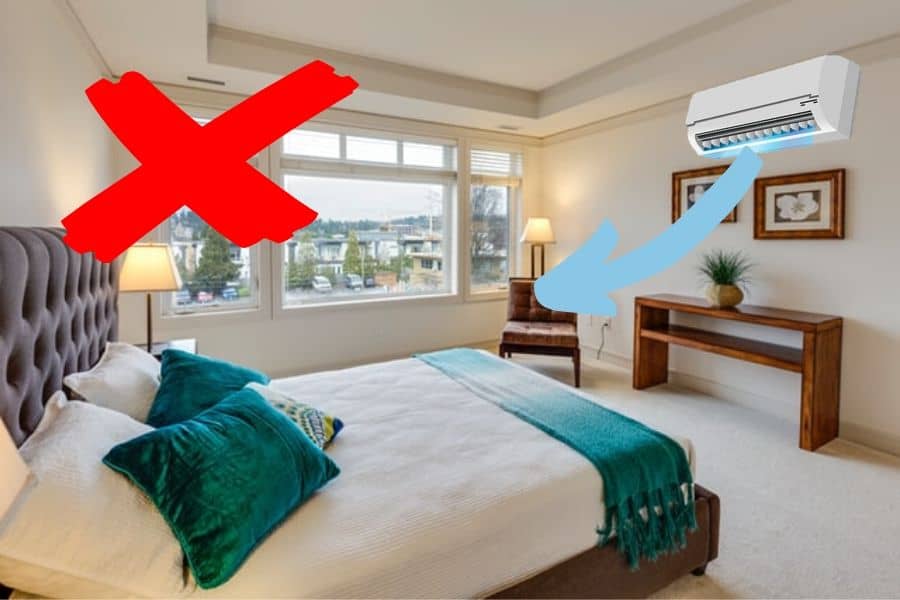
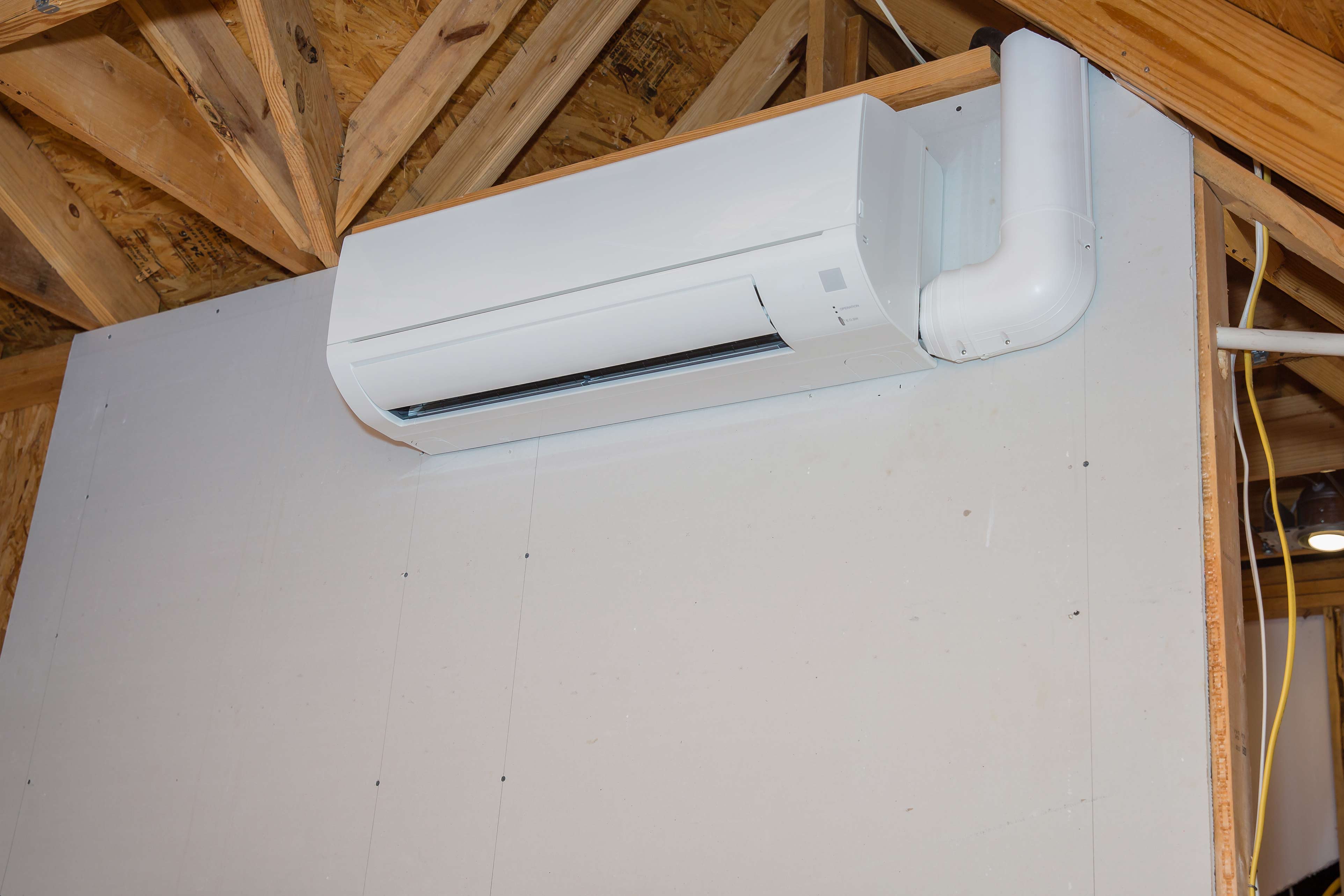
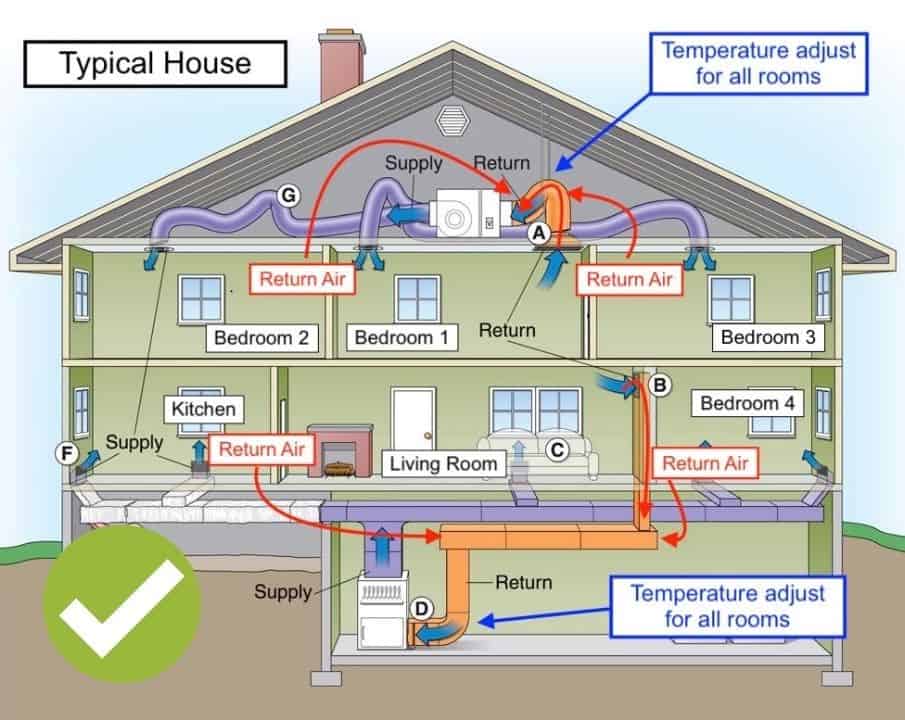
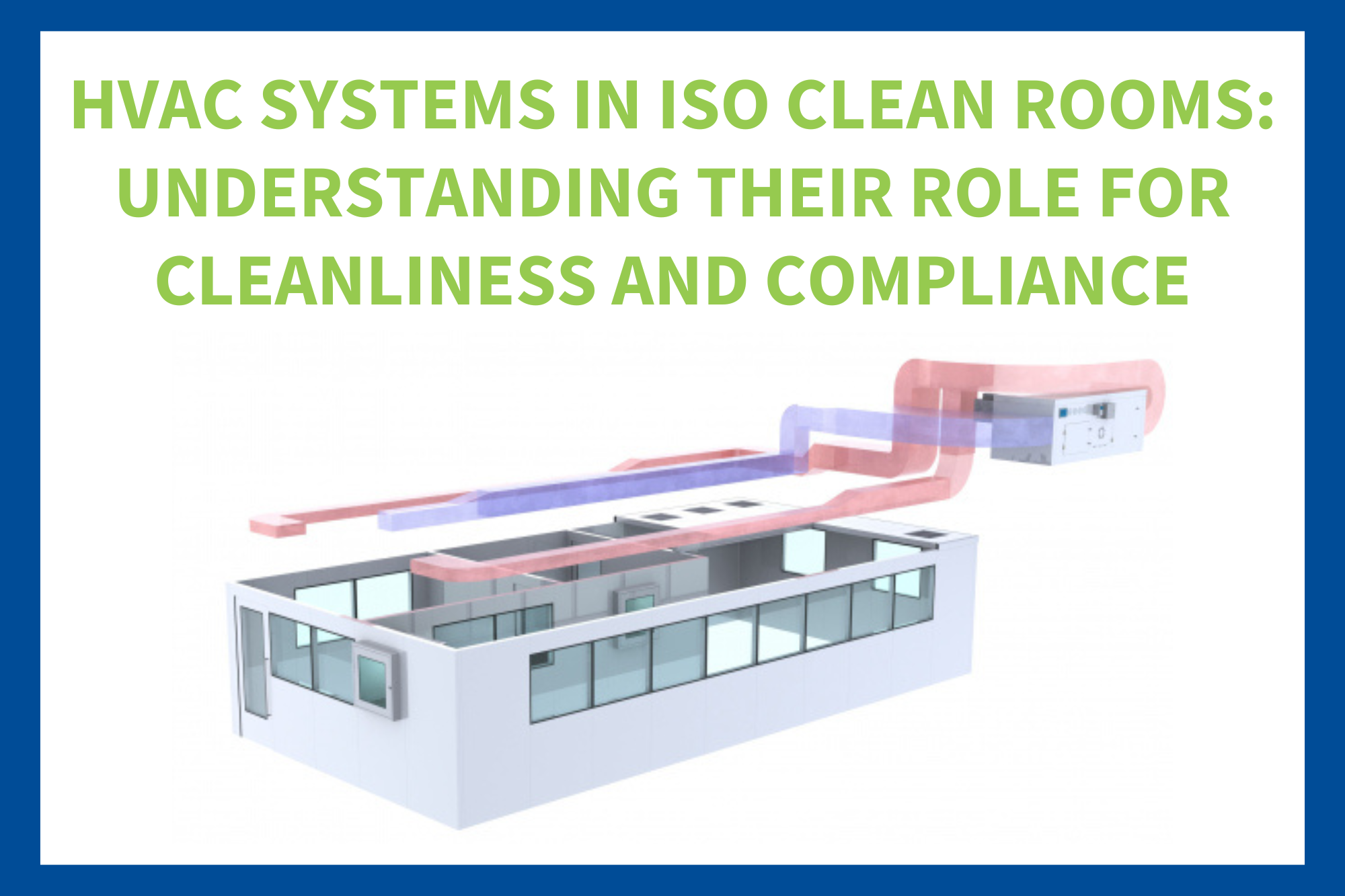

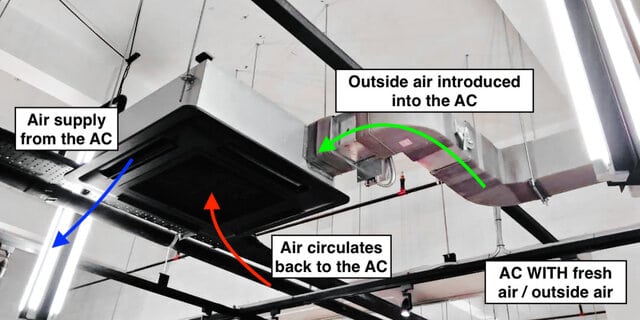
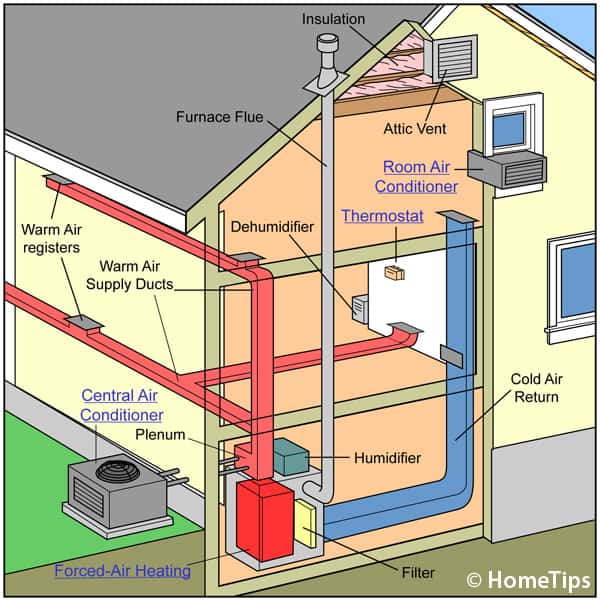

:max_bytes(150000):strip_icc()/what-are-central-air-conditioners-1152645_V2-390c6f1f6ca14b4ebc59426f226a78a8.png)

